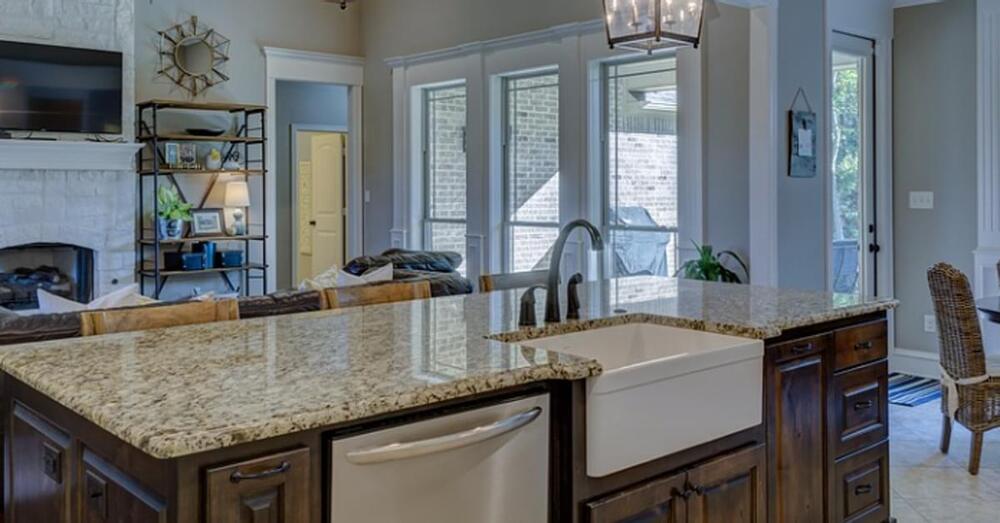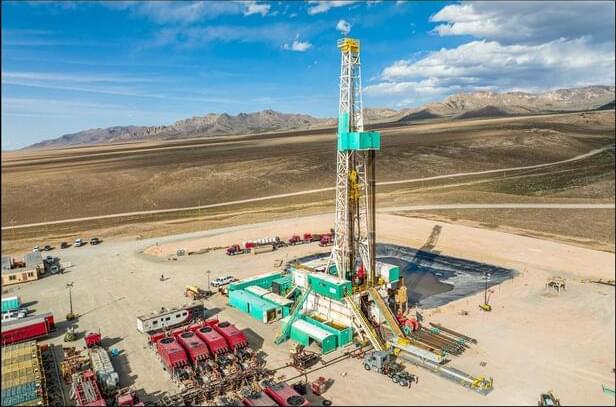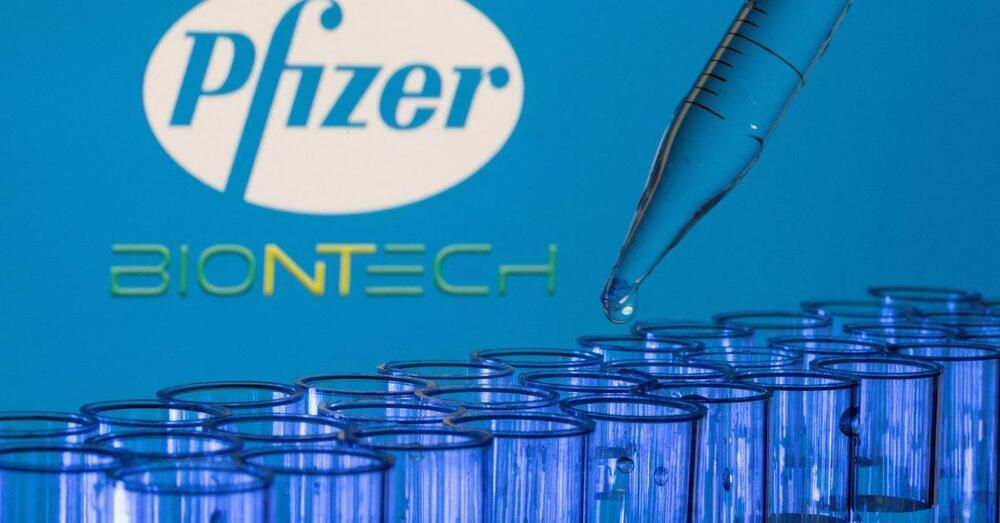Onur Aksoy allegedly imported thousands of fake Cisco networking devices from China.
ROBOTS are predicted to rule the world by the 2060s, a survey found.
That is forecast to be the peak of Artificial Intelligence capability — with machines in control of politics and economics.
And it is feared that humans’ only role will be to entertain or work for the robots, which will have developed emotions and opinions.
Right now, more than ever, you need to secure all your online accounts. It’s long past time to embrace two-factor authentication, stop reusing passwords, and make your online presence hacker-resistant. Because sooner or later, the brewing cyberwar will come for you.
A computer algorithm can use a technique called “ghost imaging” to reconstruct objects from a person’s brainwaves that the person themselves can’t see.
What if you could power the smart thermostats, speakers and lights in your home with a kitchen countertop? Stones, such as marble and granite, are natural, eco-friendly materials that many people building or renovating houses already use. Now, in a step toward integrating energy storage with these materials, researchers have fabricated microsupercapacitors onto the surface of stone tiles. The devices, reported in ACS Nano, are durable and easily scaled up for customizable 3D power supplies.
It would be convenient if the surfaces in rooms could charge smart home devices or other small electronics without being connected to the electrical grid. And although stone is a widely used material for floors, countertops and decorative backsplashes, it hasn’t been integrated with energy storage devices, such as batteries and capacitors. But stones, even those that are polished and seem smooth, have microscopic bumps and divots, making it difficult to adhere electrical components to them. Researchers have recently figured out how to place microsupercapacitors, which have fast charging and discharging rates and excellent power supply storage, onto irregular surfaces with lasers. So, Bongchul Kang and colleagues wanted to adapt this approach to build microsupercapacitors on marble. For further information see the IDTechEx report on Supercapacitor Materials and Formats 2020–2040.
I share this revealing interview given by Liz Parrish, “Patient Zero” in biological rejuvenation, to a journalist in Madrid, Spain. It took place in July 10, 2022 and lasts 20 minutes.
During the interview Liz speaks in English. However, the journalist, whose name is María Zabay, speaks mostly in Spanish.
Don’t miss it because Liz says things that most people don’t know about her and her company BioViva Sciences.
Liz Parrish, patient zero in gene therapy for full-body and brain biological rejuvenation, is interviewed by María Zabay.
María is a writer, speaker, director and host of television programs, as well as actress.
After the Higgs, the Large Hadron Collider was expected to find other theorised particles. It didn’t, but particle physicists are optimistic about a new era of experiment-led exploration.
June 29 (Reuters) — Germany’s BioNTech (22UAy. DE), Pfizer’s (PFE.N) partner in COVID-19 vaccines, said the two companies would start tests on humans of next-generation shots that protect against a wide variety of coronaviruses in the second half of the year.
Their experimental work on shots that go beyond the current approach include T-cell-enhancing shots, designed to primarily protect against severe disease if the virus becomes more dangerous, and pan-coronavirus shots that protect against the broader family of viruses and its mutations.
In presentation slides posted on BioNTech’s website for its investor day, the German biotech firm said its aim was to “provide durable variant protection”.









